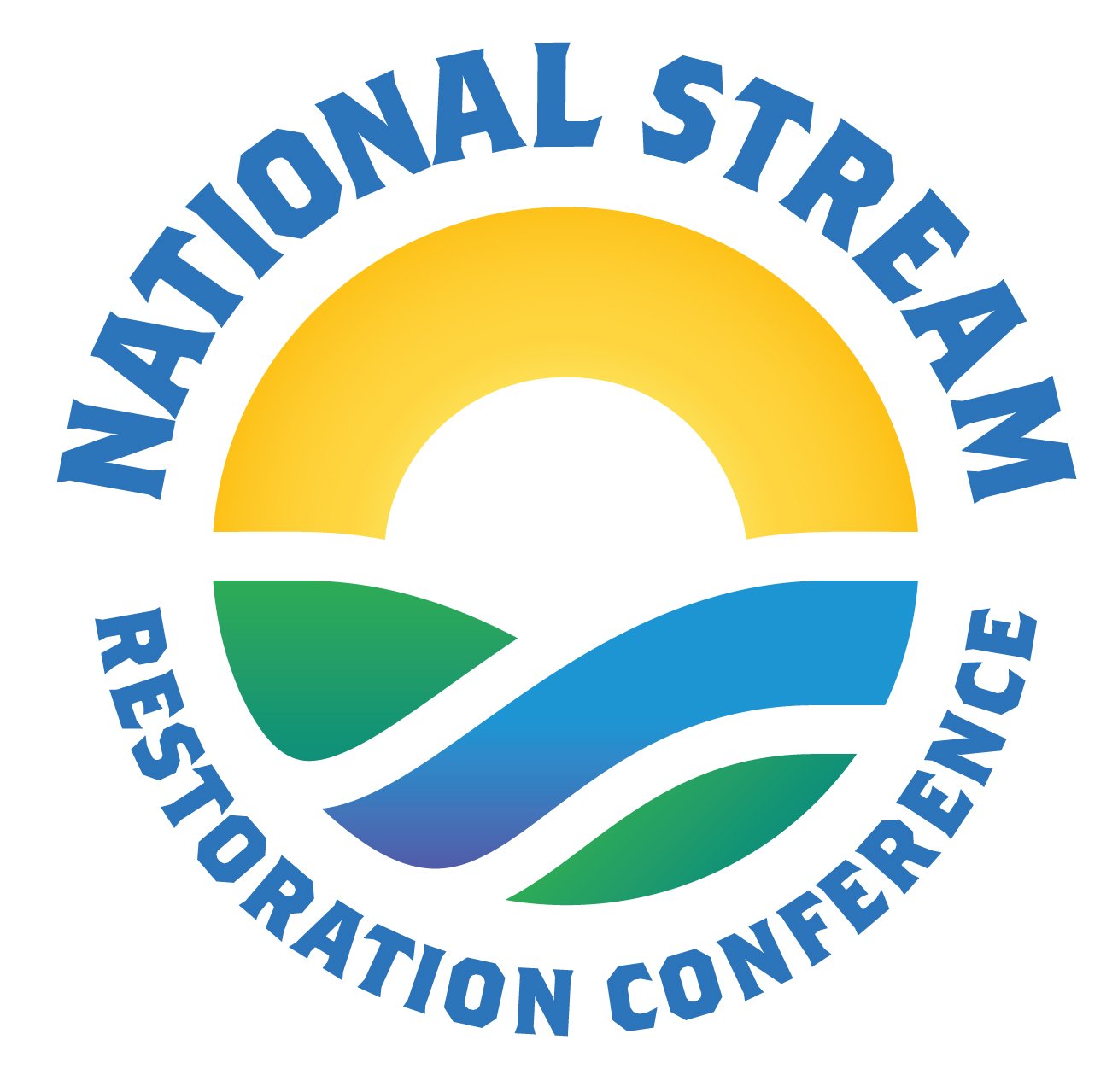The Economic Benefits of Ecological Restoration (Guidance from Unlikely Places)
John Giordanengo
President & Principal
Economic Restoration Institute
Fort Collins, CO
Ecological restoration emerged in the 20th century as a thriving industry, structured to hasten the recovery of damaged ecosystems, and essential to maintaining the essential balance between humanity and nature on Earth. Restoration occurs in conservation areas (forest lands, agricultural lands, and open space sites where economic uses are allowed) and in preservation areas (wilderness and other areas where economic uses such as logging, mining, and energy production are not allowed). In developed countries such as the U.S. restoration is enabled by great financial investment, amounting to US $9.5 billion in 2014, and over US $50 billion more in the past decade. The U.S. restoration industry is largely tied to state and federal regulatory requirements, funding from private landowners, and tax-based programs at local levels. In many developing countries (Mexico, Sri Lanka, Colombia), ecological restoration is challenged due to lack of regulatory requirements and/or funding.
In a future of increasing population and growing demands on conservation and preservation areas, coupled with increasing economic turbulence (uncertainty), the capacity of the ecological restoration industry to fulfill its critical niche will be tested to new limits. The current gap between the amount of investment needed to restore degraded ecosystems, and the investment actually occurring, must shrink. Concepts such as carbon credits and biodiversity credits, have struggled to fill the gap, and may remain ineffective to the extent the structure of the global market economy does not reward them. Novel tools must be developed.
This talk draws from pattern recognition and cross-cutting analysis to identify three foundational (governing) components common to ecosystems and economies—diversity, energy, and trade. Understanding the interaction of these components, and how to manage them to balance humanity’s economic systems with Earth’s ecological systems—may be the greatest challenge of our time. Can this systems knowledge also be applied to reshape our ecological restoration industry in a way that fills the investment gap with direct economic value?
Addressing this question requires we understand the difference between indirect economic benefits of ecological restoration (e.g., ecosystem services such as water quality, biodiversity conservation, carbon sequestration, wildfire risk reduction, etc.) and direct economic benefits such as timber, energy, food, and clothing. Designing ecological restoration projects to produce more direct economic benefits may have critical implications for sustaining not simply the restoration industry in a turbulent 21st century, but fulfilling its greatest purpose—to maintain Earth’s ecosystems in a highly functional state.
Other concepts will include the forms of diversity that confer resilience and productivity to economies and ecosystems, the productive power of restored ecosystems and economies, and the foundation of a productive and resilient economy. In closing, policy insights are provided. Case studies from the U.S., Sri Lanka, and elsewhere will be shared as time allows. One of nature’s most primeval lessons is that times of great turbulence favor the evolved model, not one tailored to the past.
About John Giordanengo
Author, Ecosystems as Models for Restoring Our Economies (to a sustainable state), 2nd edition
John H. Giordanengo (jor-da-nayn-go) engages audiences around the globe on the structure of sustainable economies, and how economics may be used as a lever to achieve environmental and social benefits. The path leading him here included three decades of work in the ecological restoration industry, including the design and construction of over 250 river, wetland, an upland projects. Wherever John works and travels, he interviews business leaders, economists, farmers, non-profit leaders, academics, and others to bring a global perspective to our shared understanding of sustainable economics and conservation. Those stories are woven into the 2nd edition of his book Ecosystems as Models for Restoring our Economies is scheduled for release this March by Anthem Press.
In the early '90s, John became intrigued by a universal challenge: preserving earth's ecosystems while meeting humanity's economic needs. He has since founded three businesses and co-founded four NGOs dedicated to conservation, restoration, and economics. In the process, he continues to build a toolbox of creative policies, programs, and models for building a sustainable future. He was recently recognized by Who's Who in America for his life-long achievements in conservation, business, non-profit development, and sustainability, and his first edition was a finalist in the CO book awards. From his home in Colorado, John spends his free time playing music, trekking and, of course, writing.

